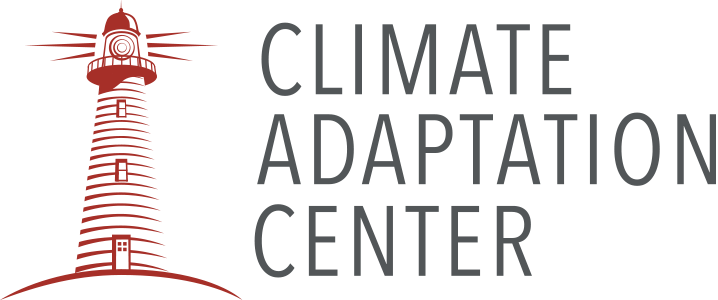
Credit: Michael Lowry Showing how Hurricane Erick (2025) is in the top 1% intensity for Pacific hurricanes for Mexico
Hurricane Erick’s stunning performance in June 2025 is not just a record-breaking Pacific event—it’s a climate warning that Florida and the Suncoast must not ignore.
Erick emerged from a weak tropical disturbance south of Mexico on June 10. By June 17, it was a named tropical storm. Then came one of the most explosive intensifications on record. In just 24 hours, Erick jumped 80 knots (92 mph) in wind speed, transforming into a Category 4 hurricane with sustained winds of 145 mph (source by meteorologist Jeff Masters). According to Dr. Masters, only 15 storms in Eastern Pacific history have intensified so rapidly.
On June 19, Erick made landfall near Pinotepa Nacional, Oaxaca as a Category 3 hurricane with 125 mph winds (NHC advisory). The storm knocked out power for thousands, triggered deadly flash floods and mudslides, and set historic records. Erick became the earliest fifth named storm in Eastern Pacific history and the earliest major hurricane to ever make landfall on either coast of Mexico (source). On top of that, it’s in the top 1% for storm intensities to hit Mexico (see the image above).

Why did this happen?
The Madden-Julian Oscillation (MJO) played a key role—an atmospheric pulse that moves east around the tropics every 30 to 60 days. This MJO phase created ideal conditions for rapid storm growth (USA TODAY). Other global waves, including Rossby and Kelvin waves, further amplified the conditions, revealing how large-scale planetary patterns can fuel tropical cyclones when ocean waters are warm enough.
This isn’t just Pacific news. The same rising sea surface temperatures driving rapid intensification in the Pacific are present in the Atlantic basin too. The Florida Suncoast, Gulf Coast, and the entire southeastern U.S. are vulnerable to the same short-warning, high-intensity storms. As Dr. Masters and Yale Climate Connections have emphasized, these rapid intensification events are becoming more common as climate change warms our oceans.
The message for Florida is clear:
We cannot rely on historical timelines and averages anymore. When oceans are this warm, storms don’t wait for August or September.
The Climate Adaptation Center (CAC) urges Florida communities, policymakers, and residents to take Hurricane Erick as a signal. Rapid intensification leaves little time for preparation. Now is the time to invest in adaptation, strengthen emergency planning, and prepare our coastlines for this emerging climate reality.

